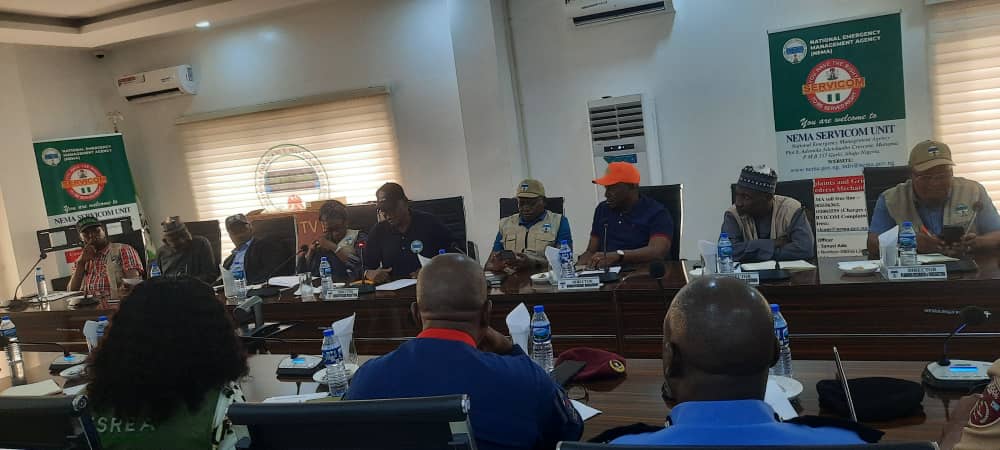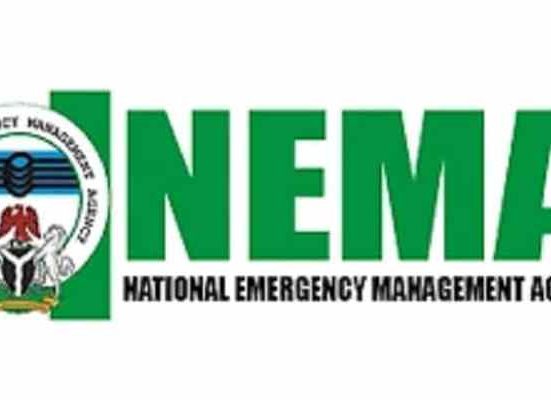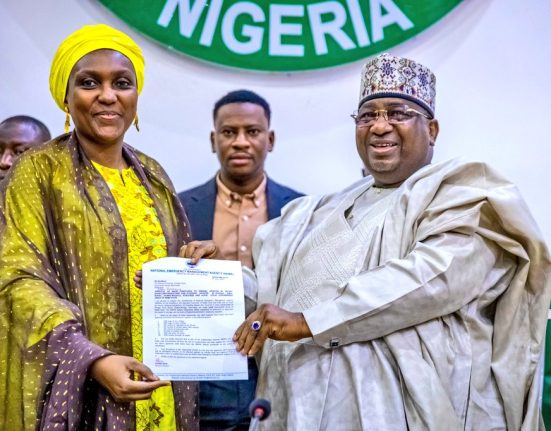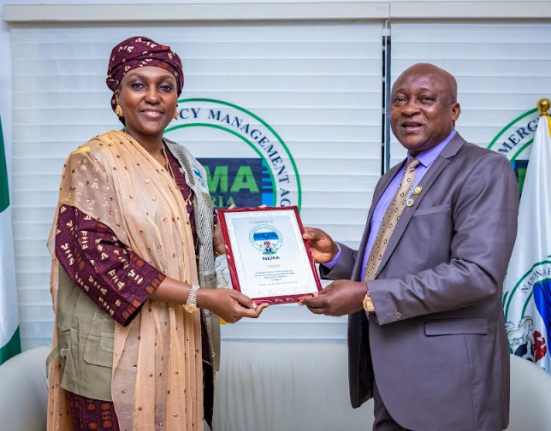ABUJA – The National Emergency Management Agency (NEMA) has initiated its annual flood preparedness campaign with the first multi-agency coordination conference for a full‑scale flood disaster simulation exercise in Kano and Anambra States. The event underscores a strategic shift from early warning awareness to hands-on response readiness, in line with predictions from the Nigerian Meteorological Agency (NiMet) and the Hydrological Services Agency (NIHSA) .
Held simultaneously in both states, the conference brought together representatives from NEMA, state Emergency Management Agencies (SEMAs), local government officials, Nigeria Red Cross, the Nigerian Navy, Federal Radio Corporation, and other stakeholders. In Kano, the early warning meeting emphasised community-level disaster response and coordination with entities like UNICEF, SEMA, and the Hadejia-Jama’are River Basin Development Authority .
NEMA’s Director-General, Mrs Zubaida Umar, reaffirmed that forecasting from NiMet and NIHSA identified 25 states—including Kano and Anambra—among those at high risk of flooding between April and June. She said the exercise will simulate real-world flood scenarios to test evacuation protocols, communication systems, emergency shelter coordination, and multi-sector response capability .
In Anambra, local committees trained to manage response logistics, health interventions, and rapid deployment of rescue teams in preparation for potential flash floods resulting from heavy rainfall and river swellings .
The conference emphasised community engagement as central to successful flood mitigation. Stakeholders resolved to replicate early-warning sensitisation in grassroot communities, clear drainage systems, and reinforce dam monitoring—especially where the release of water could exacerbate flooding .
NEMA stated the upcoming simulation—scheduled before the peak rainy season—will test interagency coordination, public safety protocols, and resource mobilisation. It will include mock evacuations, first-responder drills, and media briefings. Learnings from the exercise will shape state contingency plans for the remainder of the year.
As part of an evolving readiness blueprint, the simulation marks a proactive step beyond theoretical planning to real-time action—anchoring Nigeria’s resolve to protect lives and critical infrastructure from the rising threat of climate-induced flooding.







